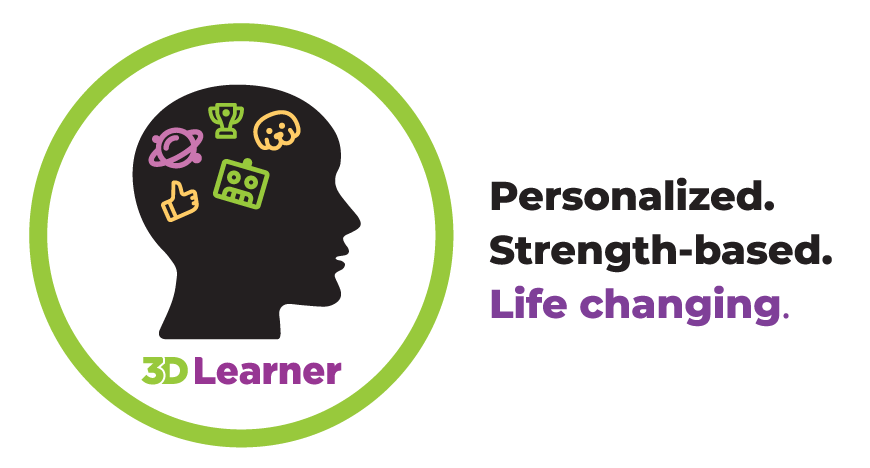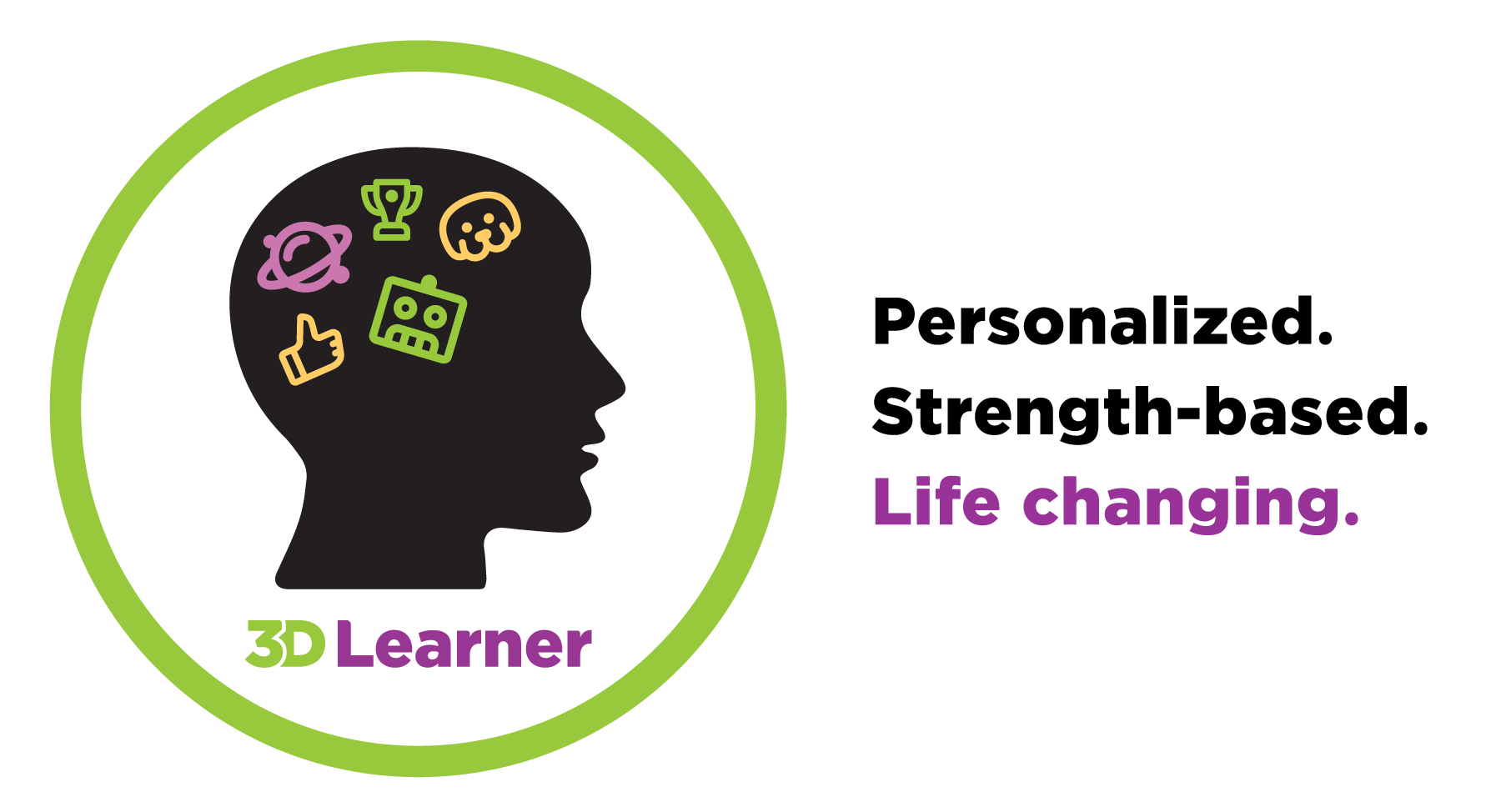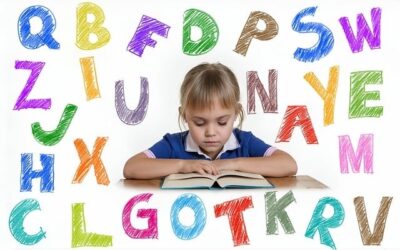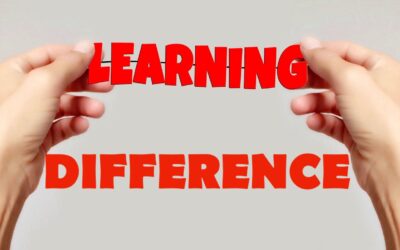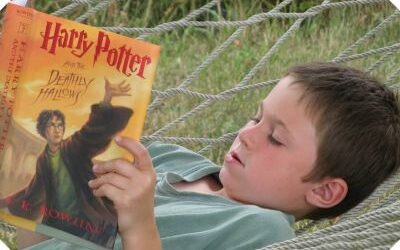Bright, creative kids with learning difficulties may underperform at school. They know they’re smart but somehow they can’t quite understand what the teacher is explaining. What is important to understand is that these right brain children often struggle with reading comprehension, math, and executive functioning. It is not because of their ability. It’s because they are right-brain learners trying to make their way in left-brained classrooms.
These struggles lead to frustration, a loss of confidence, and difficulties in school. Yet all the while, you know you have a bright, creative child.
We help parents end the cycle of frustrations
After working with thousands of students, we know that concerned parents can make a difference by using a strength-based parenting approach to your child reach their full potential.
Strength-based parenting starts with the question “What is right with my child?” It is a parenting style that builds up strengths and assets before it seeks to address problems and weaknesses.
Strength-based parenting is not about ignoring or unrealistically turning a blind eye to the downsides; it’s about where you place your attention first. When you focus on strengths before weaknesses, you can help your kids use what they’re good at to overcome their learning difficulties.
How many of these strengths does your child possess?
Here are twelve strengths we often find in the bright right-brain learner. How many does your child demonstrate?
Strengths of right-brain learners
- Learns best when they see and experience information
- Good problem solver
- Creative and comes up with new ways to do things
- Observant
- High levels of empathy – they often relate well to small children animals, older adults
- Excellent big picture thinkers
- Good at making connections
- Strong narrative reasoning
- Three-dimensional thinking
- Respond well when their questions are answered
- Work best when the work is relevant and interesting to them
- Able to excel when they are taught in a way that is strength-based and engaging and their challenges are addressed
What challenges is your child facing?
Here are some of the usual learning issues right-brained issues manifest. They become much easier to overcome when you use your child’s strengths as a launchpad for success.
- Difficulty learning and remembering high frequency or sight words — that do not generate a picture
- May not recognize words they have seen before and not mastered – their working memory is often weak
- Get overwhelmed with too many words
- Often struggle with logical, sequential, and auditory programs
- Do not respond well to people who talk down to them or do not understand them
- Can respond negatively to facial expressions or what they perceive as the wrong tone of voice
- Language — they have often not developed vocabulary, since they avoid reading
- Often skip words and lines when reading
- Their memory for what they hear or read is often weak — sometimes called working memory
- May struggle to pay attention when the work is boring or frustrating
- May be very anxious or frustrated
- Silent reading comprehension is often very difficult for these students
If you want to take more time to assess your child, call us at 561-361-7495
Right brain learners can often be quite articulate – and clever – about the disconnect between what you are saying and what they are thinking.
Some of the things kids say that are often clues about their learning needs (and how clever they may be) include.
- I’m not stubborn….. I’m thinking about the picture in my head
- I’m not losing focus….. I just don’t understand anything you are saying
- I’m not bossy…. I’m just telling you the way I would do this
- I’m not lost… I just found a different way to go
- I’m not mad…. I just don’t know what words to use when I’m frustrated
- I don’t know HOW to Do this problem… BUT I’m very good at thinking of ways to get away from it
What can you do to help?
Dealing with a learning difference begins with open, non-judgmental communication. Sit down with your child and your spouse and discuss the list of strengths and challenges. Observe your children to identify strengths and weaknesses in their learning styles.
Also, think about the times your child enjoys learning. Do they have specific interests that really excite them, subjects that they just can’t learn enough about? What do you think made those moments so educational for your child? Was it a hands-on experience giving them items to touch? Was it driven by words or by pictures?
A strength-based approach to education uses your child’s natural strengths and interests to inspire learning of all types. Such an approach effectively engages children and their successes and enjoyment in turn lowering anxiety and building self-esteem. Best of all, once your child has renewed confidence and new learning strategies, school becomes a place of learning, not frustration.
If you would like to have a conversation on your child’s strengths, challenges, and how you can make the difference, call us at 561-361-7495 or book a time here.
